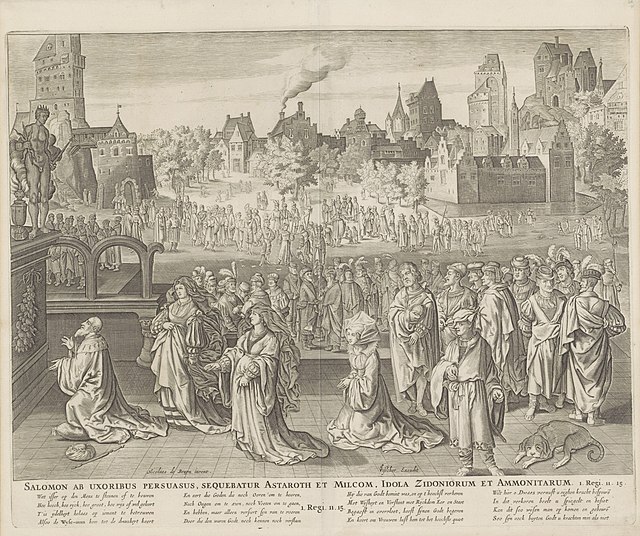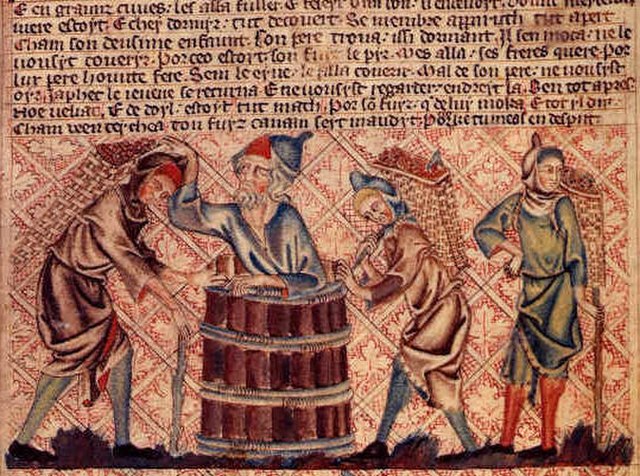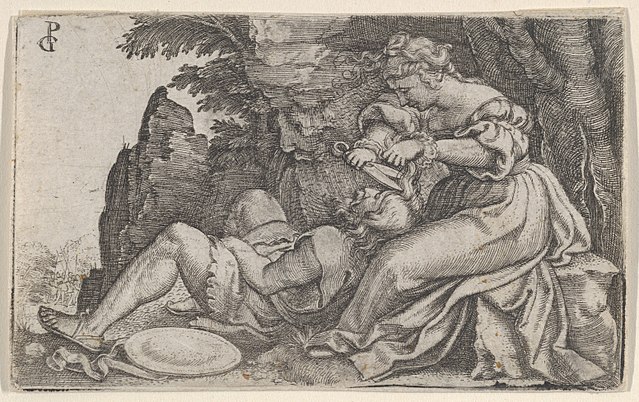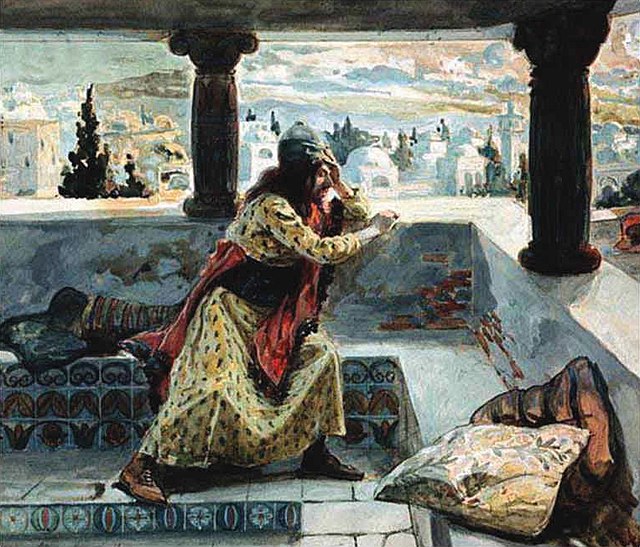Introduction
Molech, alternatively spelled as Moloch, Milcom, or Malcam, is a deity associated with the ancient Canaanite religion, particularly tied to the Ammonites, a neighboring nation to the Israelites. Molech worship is characterized by a distinctly horrifying element: child sacrifice. The Hebrew Bible, or the Old Testament in the Christian Bible, includes multiple references to Molech, depicting this deity’s worship in sternly condemnatory terms.
Molech in Biblical Accounts
The Bible represents Molech as a foreign god whose worship involves abhorrent practices. Leviticus 18:21 (NIV) explicitly denounces Molech worship, declaring, “Do not give any of your children to be sacrificed to Molech, for you must not profane the name of your God. I am the LORD.” This verse strongly suggests that the worship of Molech involved child sacrifice, an act in stark contradiction to the moral and religious tenets upheld in the Hebrew Bible.
In Leviticus 20:2-5 (NIV), the prohibition against Molech worship is underscored by a severe penalty, even death: “Say to the Israelites: ‘Any Israelite or any foreigner residing in Israel who sacrifices any of his children to Molech is to be put to death. The members of the community are to stone him.'”
The Bible provides evidence that Molech worship was prevalent among the Ammonites, who were neighbors of the ancient Israelites. King Solomon, despite his renowned wisdom, fell into the practice of Molech worship. 1 Kings 11:7 (NIV) describes this, stating, “Then Solomon built a high place for Chemosh the detestable god of Moab, on the mountain east of Jerusalem, and for Molech the detestable god of the Ammonites.”
The Influence and Consequences of Molech Worship
The Bible depicts Molech worship as an abominable practice that the Israelites adopted from neighboring nations, contradicting the monotheistic principles and commandments given to them by God. The worship of Molech symbolizes a violation of the covenant between God and His chosen people.
The Book of Jeremiah (32:35) expresses a sense of profound violation and betrayal as a consequence of the Israelites’ adoption of Molech worship. The passage recounts the people of Judah “built the high places of Baal in the Valley of the Son of Hinnom, to offer up their sons and daughters to Molech, though I did not command them, nor did it enter into my mind, that they should do this abomination, to cause Judah to sin.”
This provides a stark illustration of the lengths to which the Israelites went in adopting the detestable practices of their neighbors, leading them away from their covenant with God.
Conclusion
In the biblical narrative, Molech emerges as a potent symbol of idolatry, false worship, and the abnegation of the divine covenant between God and the Israelites. The historical existence of Molech and the nature of his worship, particularly its association with child sacrifice, is deeply troubling. The Israelites’ adoption of Molech worship represents a severe violation of God’s commandments, highlighting the serious consequences of forsaking monotheistic worship of Yahweh.
Discussion Questions
- How does the depiction of Molech worship in the Bible illustrate the dangers of straying from monotheism as demanded in the covenant between God and the Israelites?
- How does the biblical narrative use the figure of Molech to underscore the significance and consequences of Israelites adopting practices from neighboring cultures?
- In what ways does the portrayal of Molech worship reflect on the broader theme of obedience to God’s commandments in the Bible?
Want to Know More?
- “Moloch: A History of Religious Child Sacrifice” by Nigel Davies: This book provides an in-depth examination of the worship of Molech, focusing on the infamous and horrifying practice of child sacrifice associated with this deity.
- “Canaanite Myth and Hebrew Epic: Essays in the History of the Religion of Israel” by Frank Moore Cross: Cross’s work is a valuable resource for understanding the cultural and religious dynamics of ancient Israel and its neighbors, including the Ammonite worship of Molech.
- “Israel’s Prophets and Israel’s Past: Essays on the Relationship of Prophetic Texts and Israelite History in Honor of John H. Hayes” edited by Brad E. Kelle and Megan Bishop Moore: This collection includes several essays that explore the historical context of prophetic texts in the Bible, including those addressing the worship of foreign gods like Molech.




